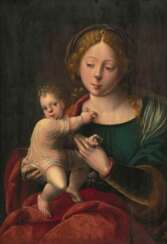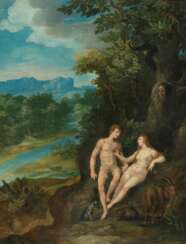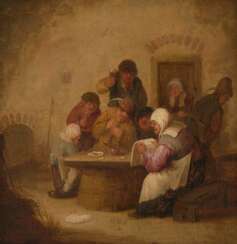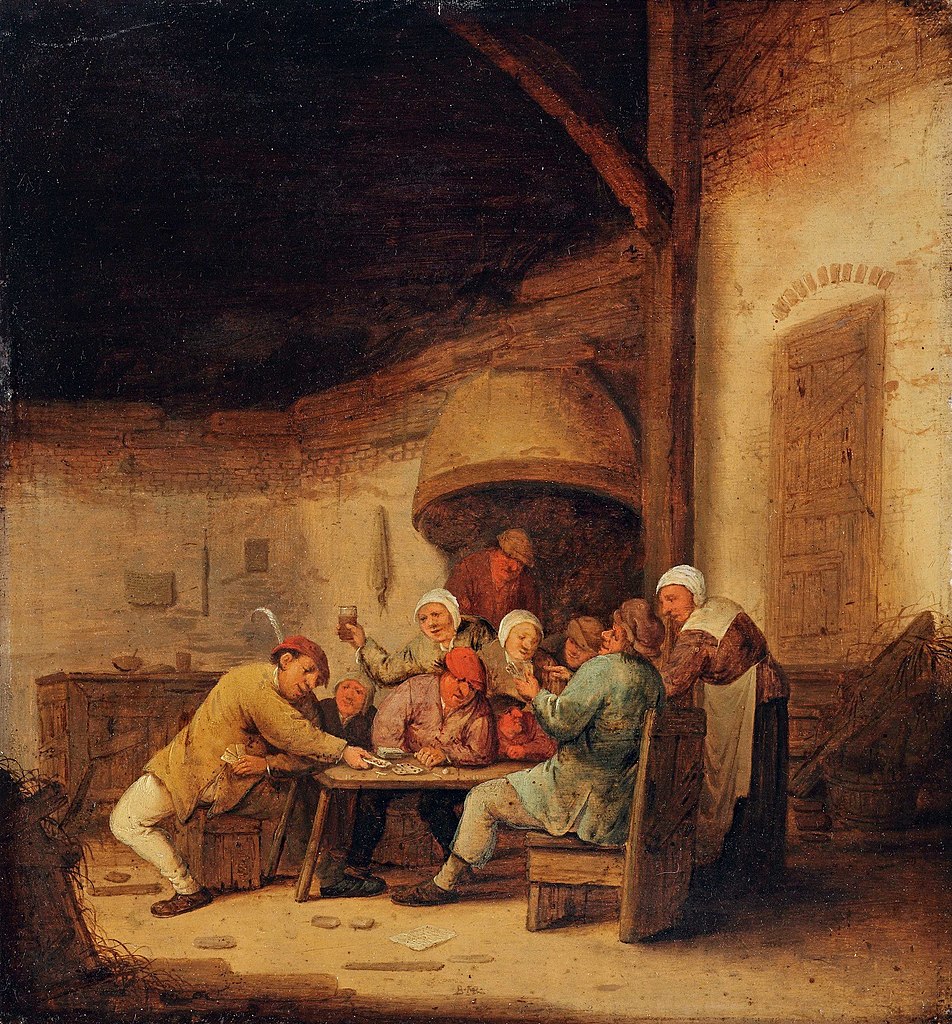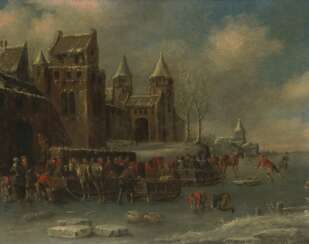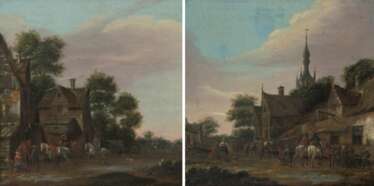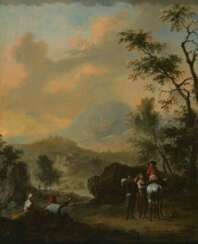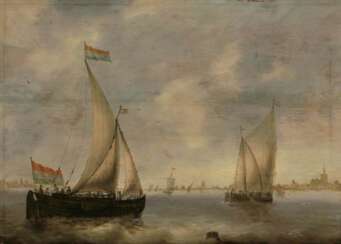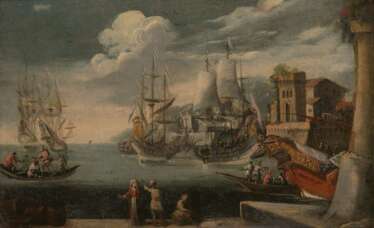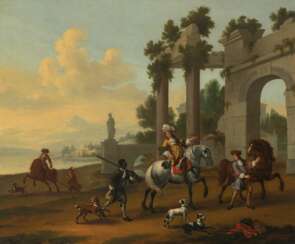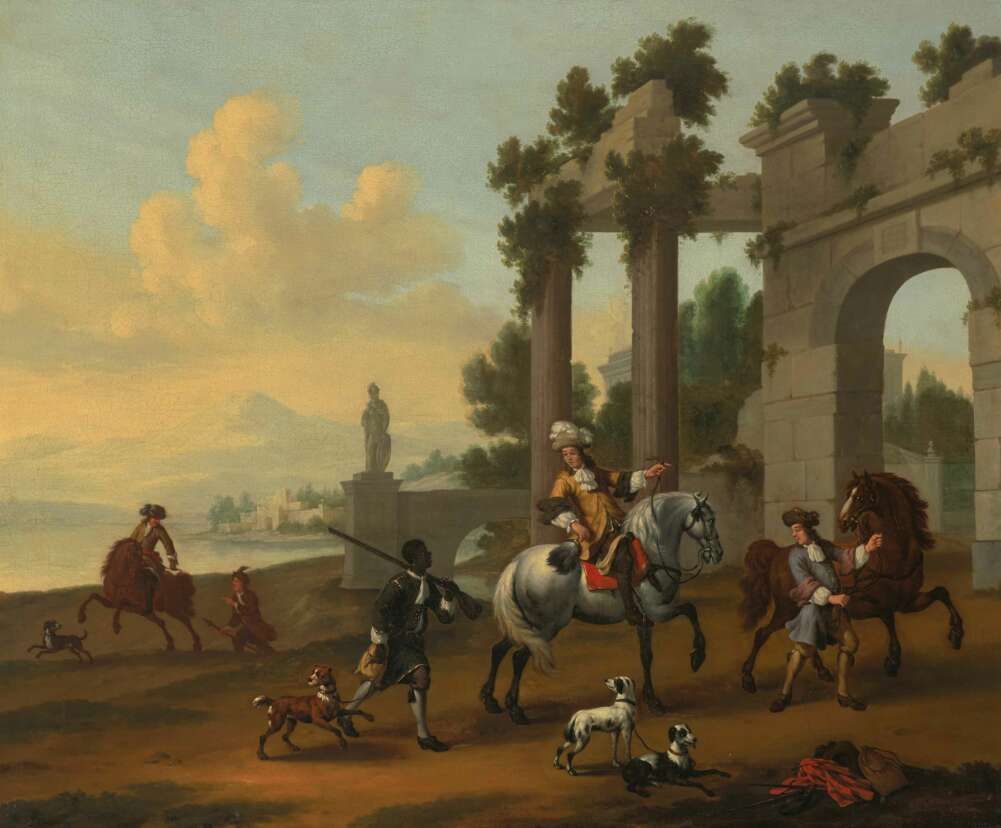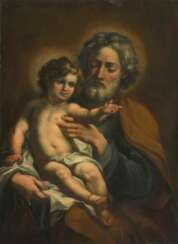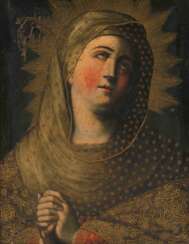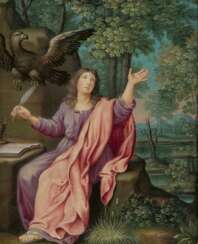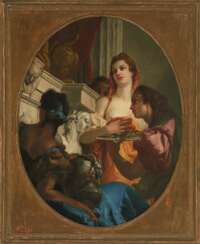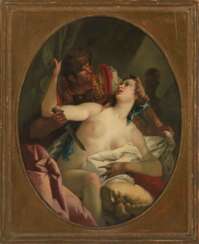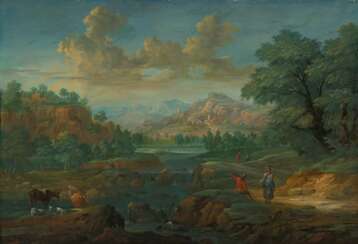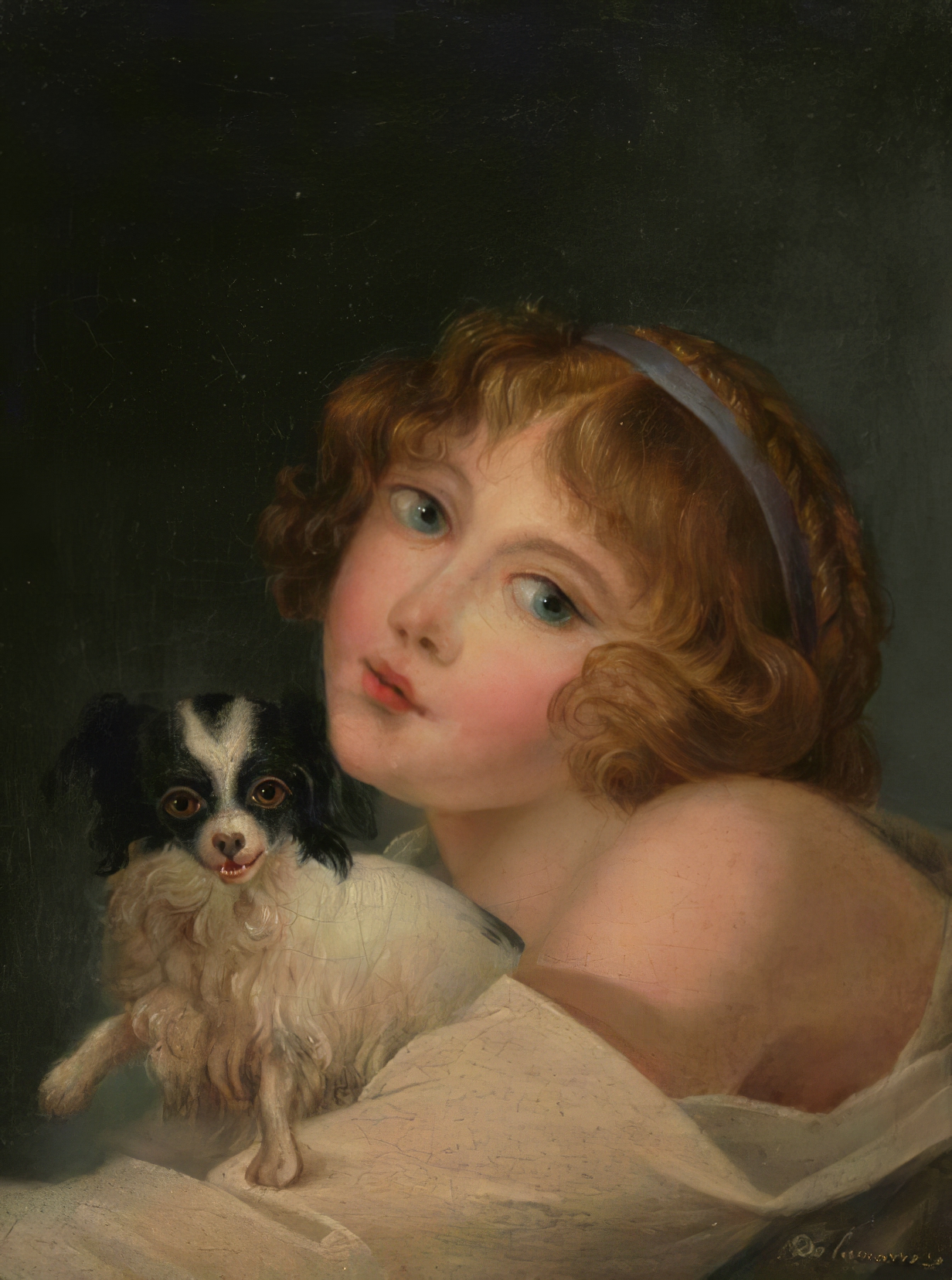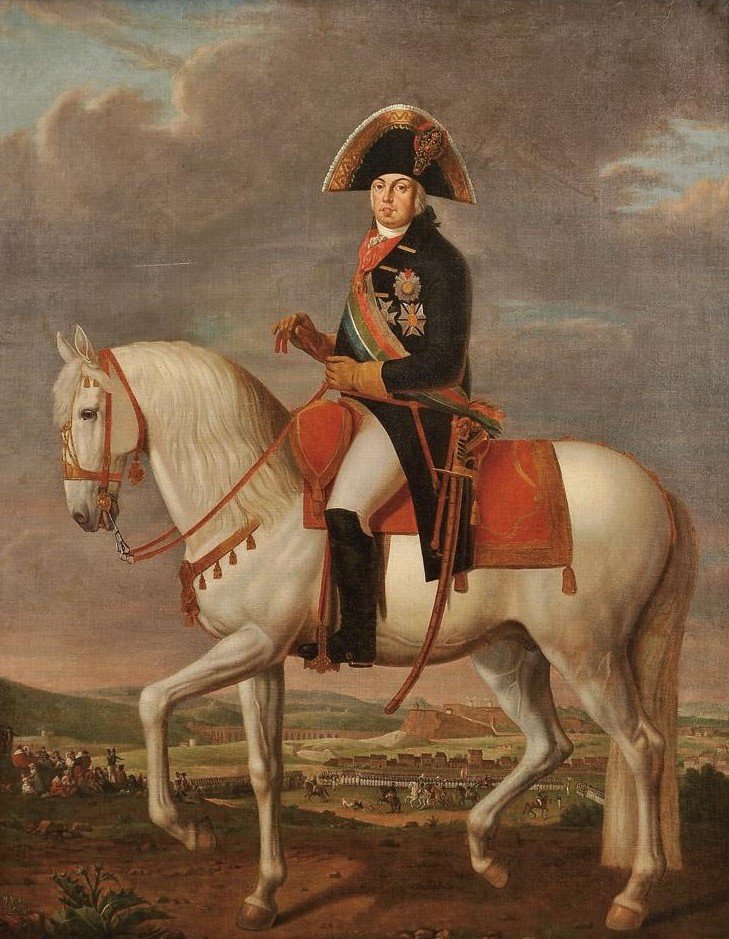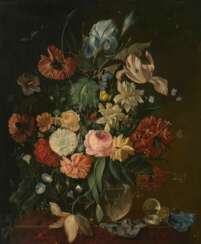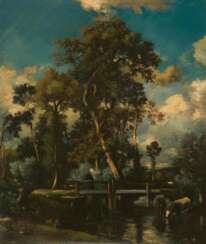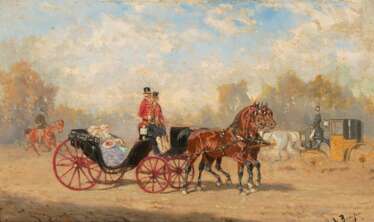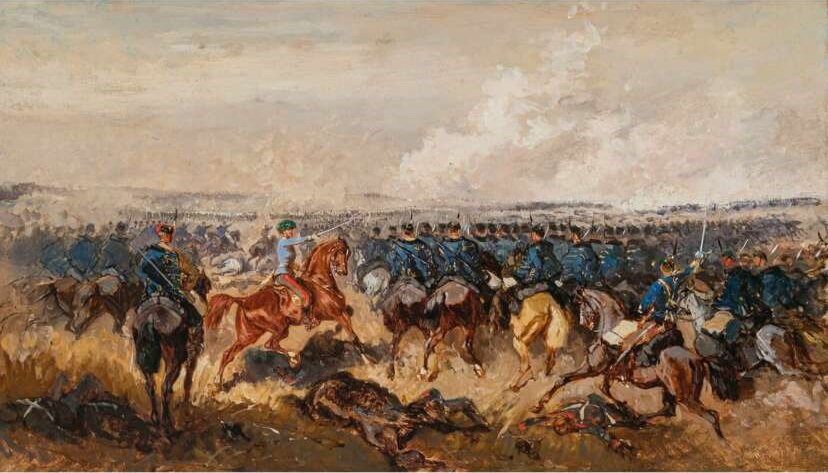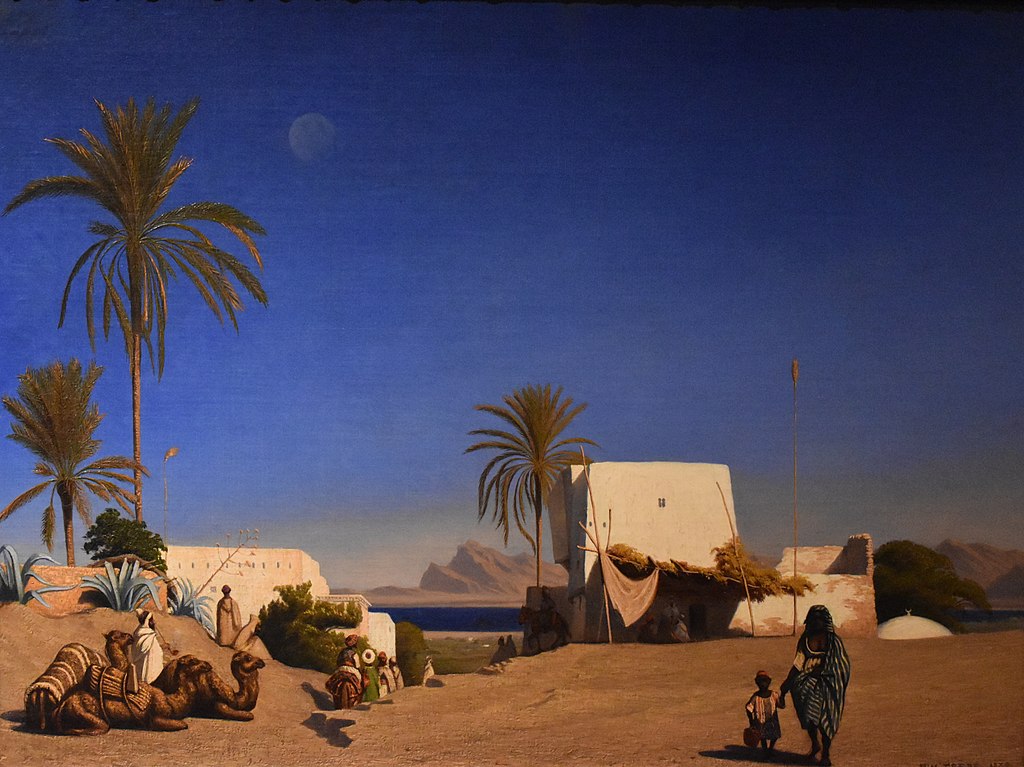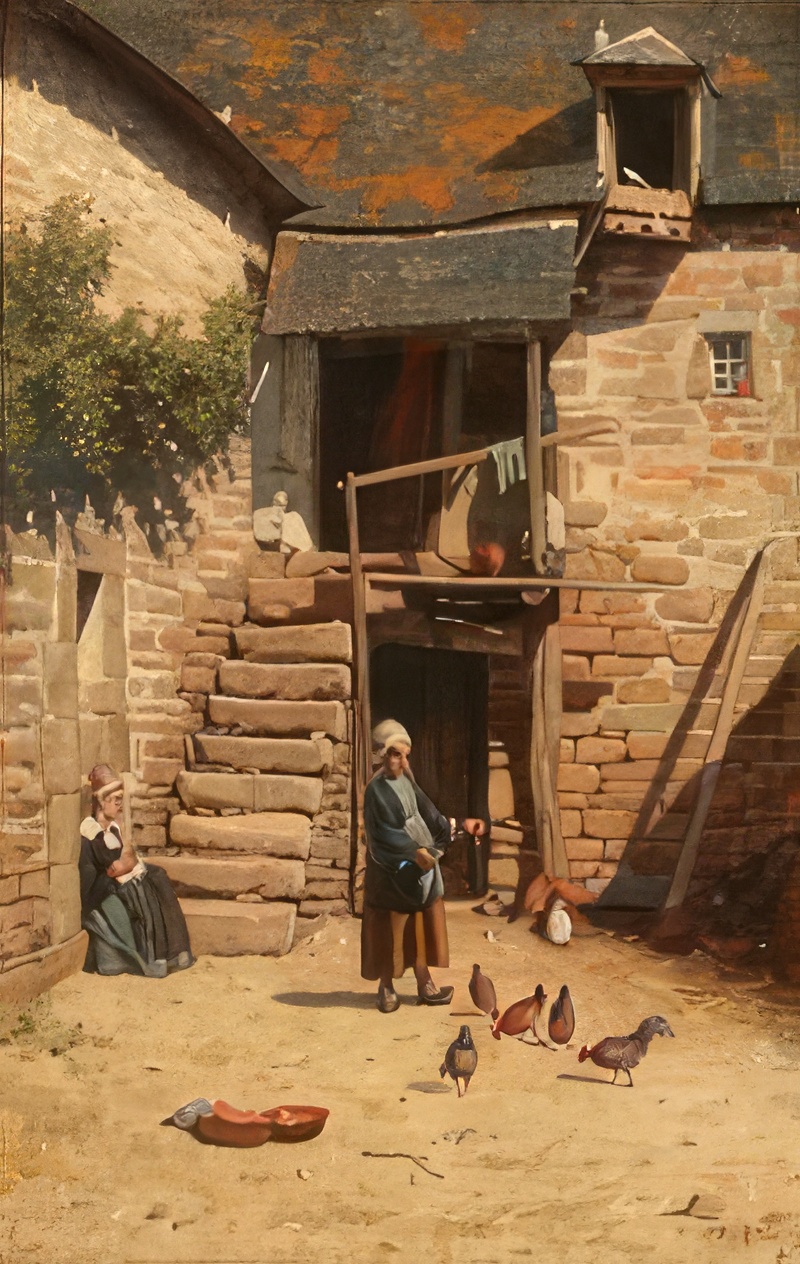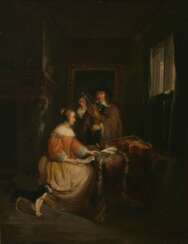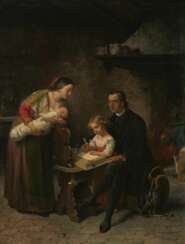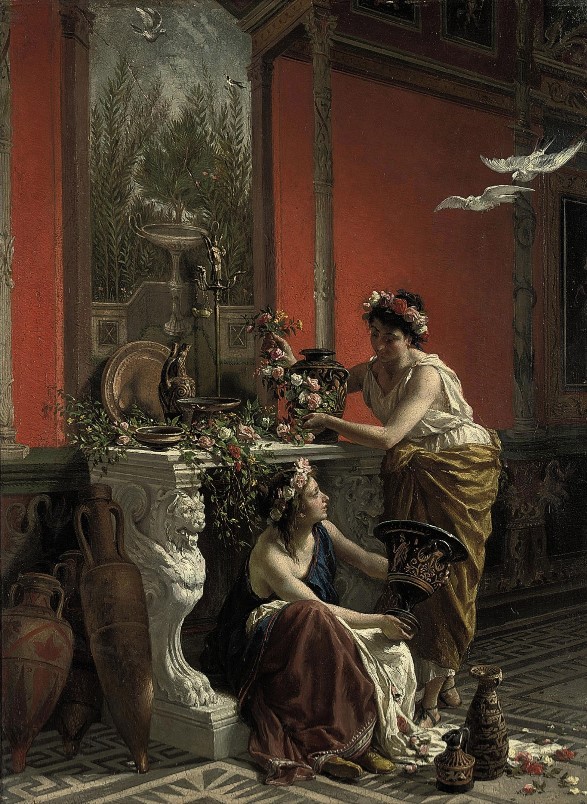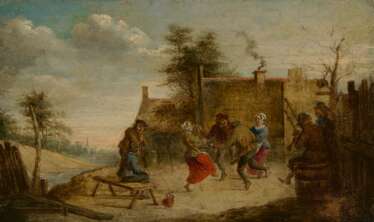
International Art — Kunst, Antiquitäten, Vintage, Lifestyle | 3. Tag

Victor Wolfvoet the Younger was a Flemish painter and art dealer, a member of the Guild of St. Luke.
It is believed that as a young man he worked in the studio of Peter Paul Rubens, where he assisted in the creation of works and painted several compositions based on the works of the great Antwerp master. In addition to painting his own pictures of historical and allegorical themes, Wolfvoet made copies of paintings by prominent painters of his time, including van Dyck and Rubens.
In addition, Wolfvoet the Younger, like his father, was active in the art trade. The inventory of his estate, compiled after his death, lists more than seven hundred works, including twenty oil sketches by Rubens.
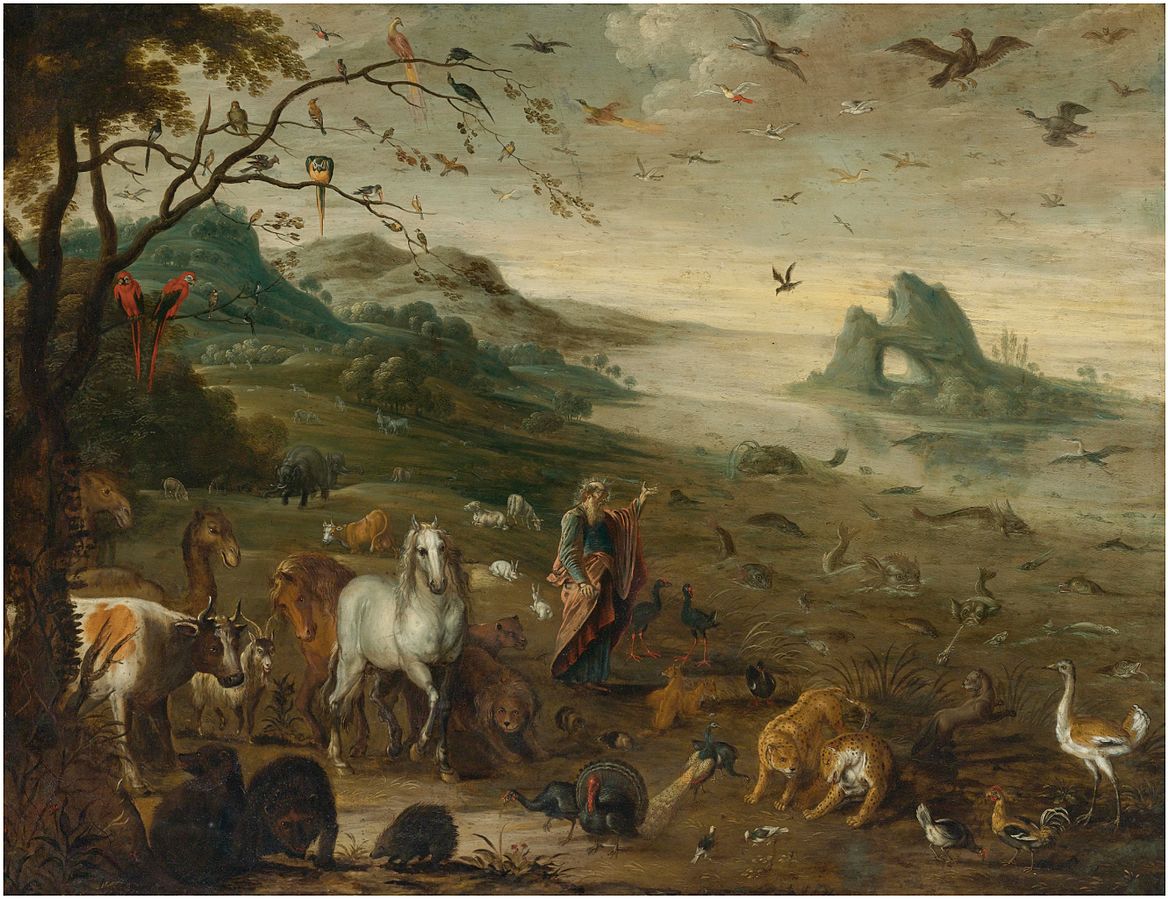
Izaak (Isaac) van Oosten was a Flemish Baroque landscape and cabinet painter active in Antwerp.
His landscapes are simple with open spaces and mostly hilly landscapes typically filled with a pond or road and several clusters of trees. There is an overall sense of gentleness and calm in these compositions. An even, gentle light spreads over the entire painting and the trees are untouched by the wind. A number of his landscapes have a Mediterranean flavour.
Works by van Oosten can be found in the collections of the Uffizi, the Museo del Prado, the Hermitage Museum, the Musée des Beaux-Arts d'Orléans, the Museum of Fine Arts of Rennes, the Toledo Museum of Art and other museums.
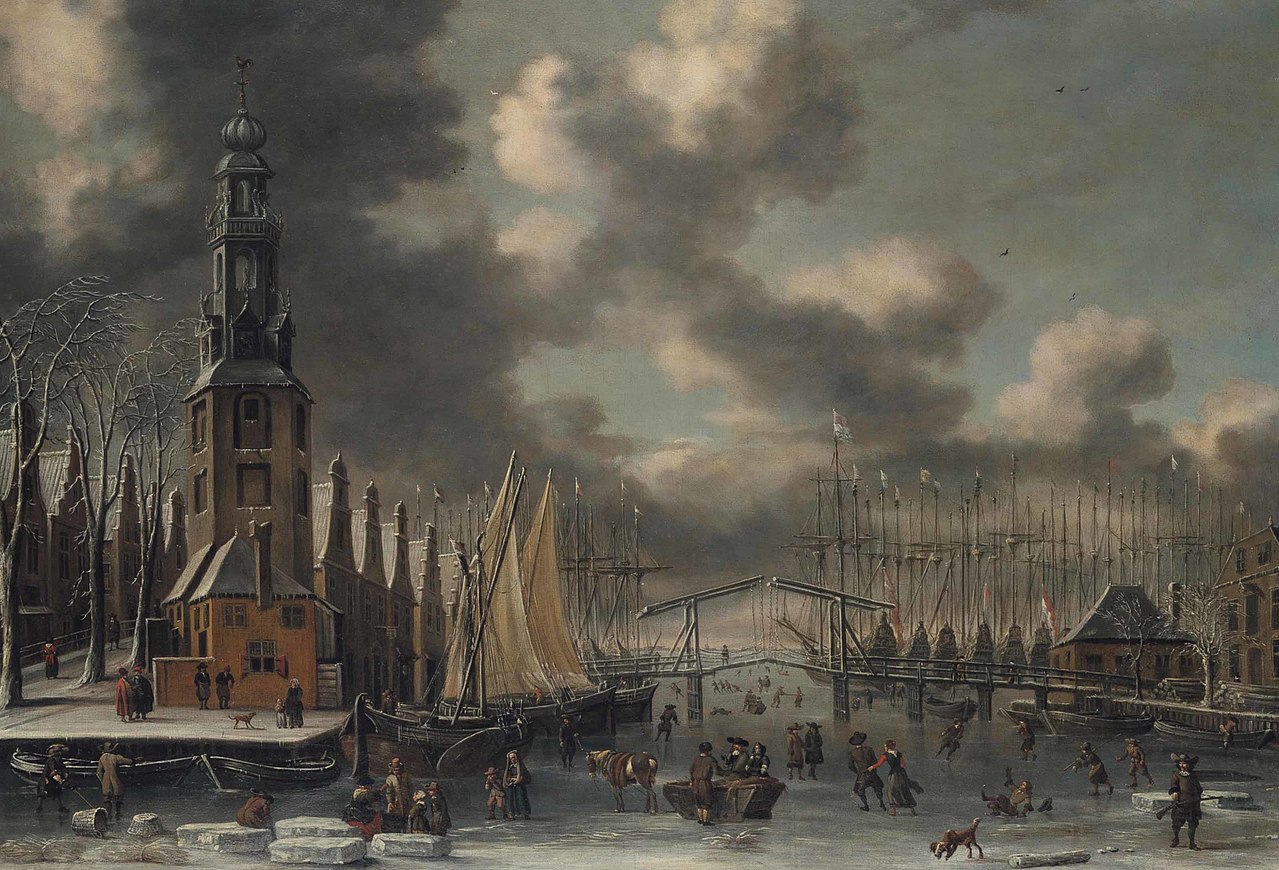
Thomas Heeremans was a Dutch painter and art dealer. He is known for his landscapes of winter scenes, cityscapes, harbor scenes, beach views, river views and village scenes. He was influenced by Klaes Molenaer, a slightly older painter also from Haarlem.

Thomas Heeremans was a Dutch painter and art dealer. He is known for his landscapes of winter scenes, cityscapes, harbor scenes, beach views, river views and village scenes. He was influenced by Klaes Molenaer, a slightly older painter also from Haarlem.
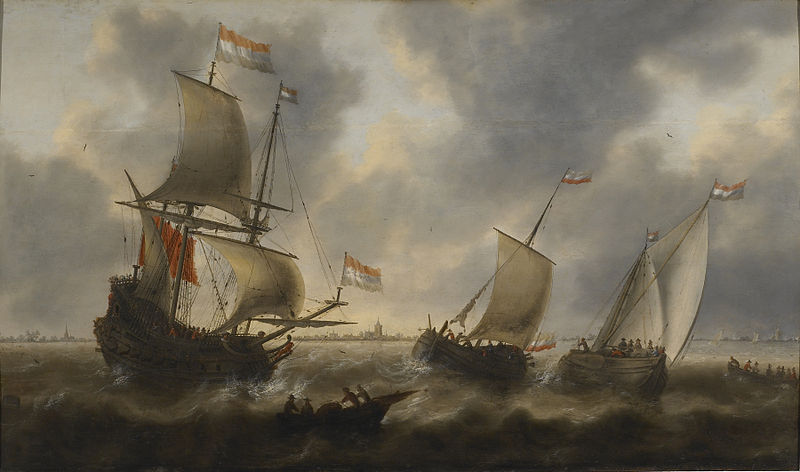
Jacob Adriaensz. Bellevois was a Dutch marine painter.
Bellevois was a follower of Jan Porcellis and Simon de Vlieger and specialized in seascapes. The artist was apparently well acquainted with maritime affairs: his dramatic depictions of various ships in a raging sea and shipwrecks on cliffs are full of characteristic detail.
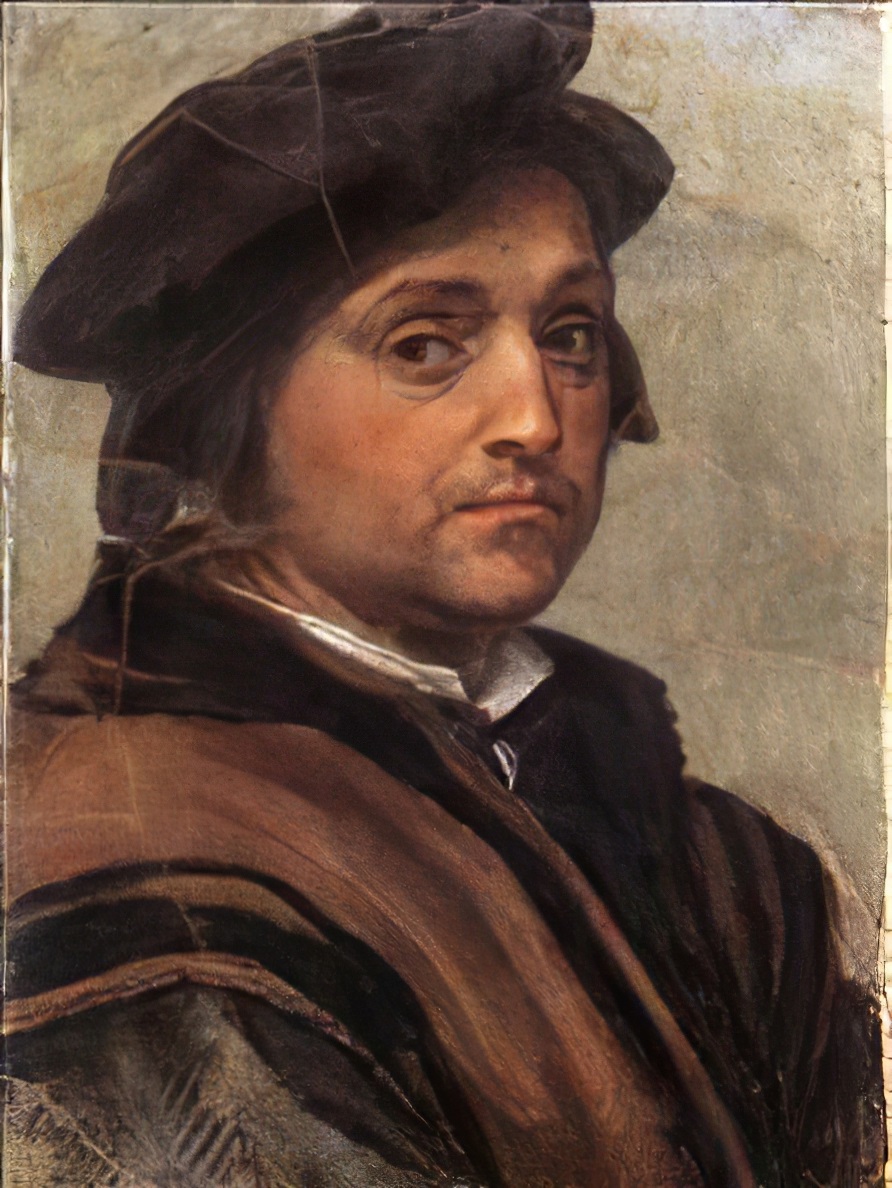
Agostino Tassi was an Italian painter renowned for his expertise in creating illusionistic architectural decorations and landscapes. His work adorned several Roman palaces, including the Quirinale and the Doria Pamphili. Notably, Tassi had a significant influence on the Dutch artist Leonaert Bramer through his night scenes.
Agostino Tassi's life, however, is often overshadowed by his criminal actions. In 1612, he was convicted of raping Artemisia Gentileschi, a notable Italian Baroque painter. This event has had a lasting impact on feminist perspectives of Gentileschi's works and life. Despite his artistic talents, Tassi's personal life was marred by legal troubles, including accusations of raping his sister-in-law and being suspected of hiring bandits to kill one of his wives.
His teaching career included mentoring Claude Lorrain and Viviano Codazzi, indicating his significance in the art community of his time. Tassi's artistic legacy includes frescoes and some canvas works, such as "The Embarkation of a Queen" and "The Coral Fishers".
For those interested in art history, particularly the Baroque period and its complex interplay of artistic brilliance and personal turmoil, Tassi's life and works provide a fascinating study. To stay updated on exhibitions, sales, and scholarly research related to Agostino Tassi, consider subscribing to updates focused on this intriguing figure from art history. This subscription will ensure you're informed about the latest discoveries and opportunities to engage with Tassi's legacy in the context of art and culture.
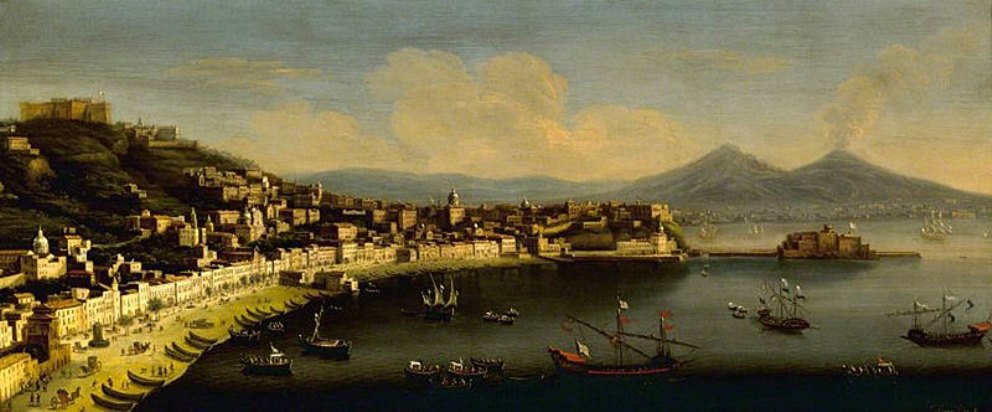
Tommaso Ruiz was an Italian marine painter active in Naples in the mid-18th century.
Ruiz worked in Sicily and Malta before coming to Naples, where he was active in the 1710s and 1750s. The artist is known for his panoramic views of Naples, which are historical accounts of the city's development. In particular, they depict the city in vivid color and detail before the destruction of the tower of San Vincenzo and before the reconstruction of the port under Charles III, Duke of Bourbon. Ruiz also depicted the Gulf of Naples and Vesuvius from different angles.
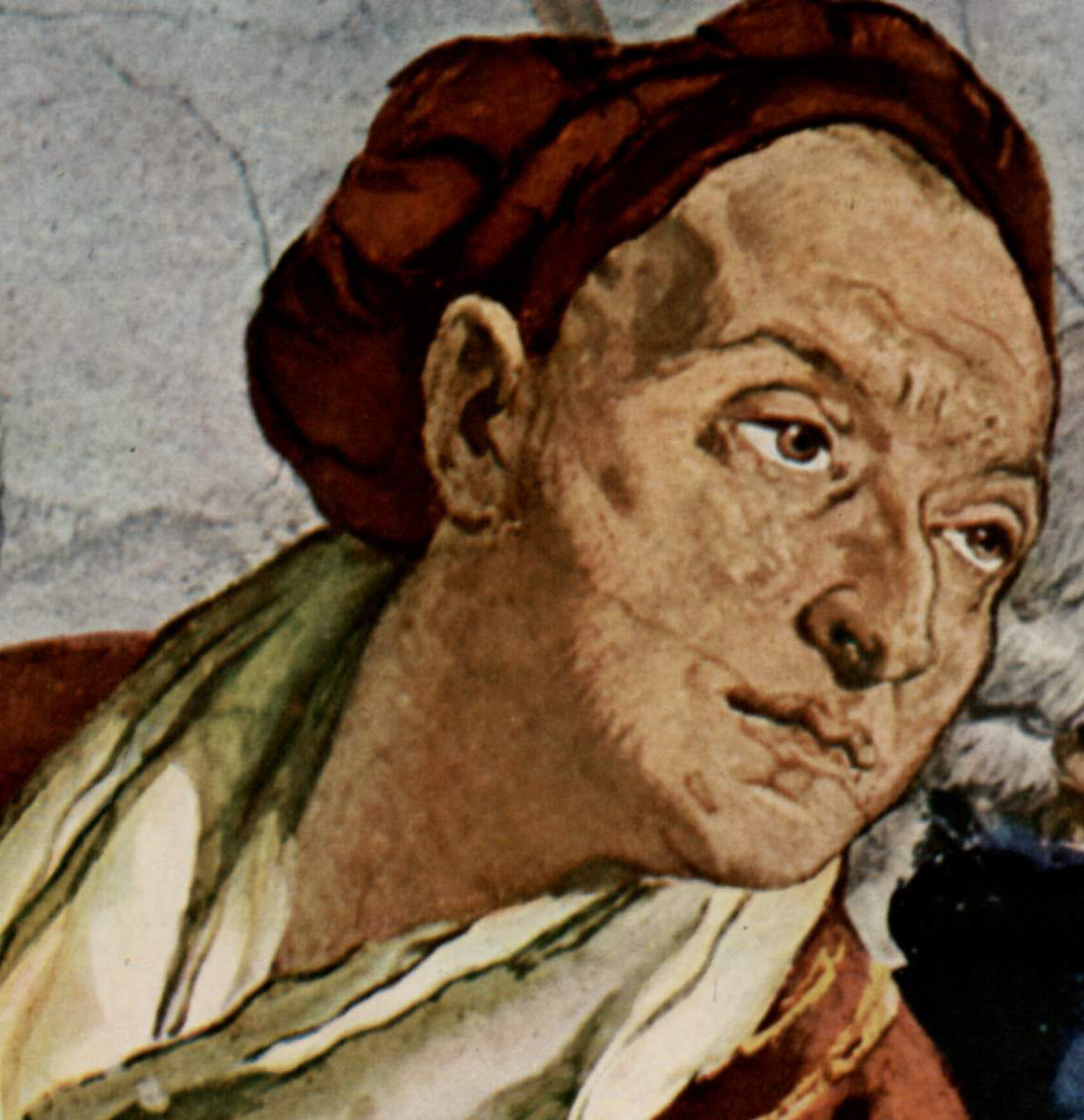
Giovanni Battista Tiepolo, an illustrious Italian painter of the 18th century, is renowned for his radiant and poetic frescoes that beautifully extend the tradition of Baroque ceiling decoration, encapsulating the essence of the Rococo period. Born in Venice, Tiepolo was significantly influenced by his contemporaries and predecessors, such as Piazzetta, Ricci, Tintoretto, and Veronese, which is evident in his dynamic and vibrant works.
Giovanni Battista Tiepolo's expertise in creating grand frescoed ceilings for churches, villas, and palaces across Italy, Germany, and Spain is particularly noteworthy. His work at the Würzburg Residenz, where he painted a vast ceiling depicting Apollo and the continents, is considered a high point of his career. This masterpiece demonstrates his skill in creating spatial illusions and integrating multiple perspectives to enhance the viewer's experience.
In addition to his frescoes, Giovanni Battista Tiepolo's prowess as a draftsman and printmaker was widely acclaimed. His prints, characterized by imaginative and sometimes enigmatic imagery, enjoyed widespread popularity and may have influenced subsequent artists like Francisco de Goya.
Throughout his career, Giovanni Battista Tiepolo received numerous commissions across Europe, reflecting his international fame. His later works in Spain, where he moved with his sons to serve the Spanish monarchy, showcase a quieter yet profound style, focusing on religious and allegorical themes.
For collectors and experts in art and antiques, Giovanni Battista Tiepolo's legacy represents an essential chapter in the history of art, offering insights into the interplay of light, color, and narrative in 18th-century European painting. His works, housed in various museums and collections worldwide, continue to captivate and inspire audiences with their elegance and grandeur.
If you wish to stay updated on new product sales and auction events related to Giovanni Battista Tiepolo, signing up for updates is an excellent way to ensure you don't miss out on any valuable information.

Giovanni Battista Tiepolo, an illustrious Italian painter of the 18th century, is renowned for his radiant and poetic frescoes that beautifully extend the tradition of Baroque ceiling decoration, encapsulating the essence of the Rococo period. Born in Venice, Tiepolo was significantly influenced by his contemporaries and predecessors, such as Piazzetta, Ricci, Tintoretto, and Veronese, which is evident in his dynamic and vibrant works.
Giovanni Battista Tiepolo's expertise in creating grand frescoed ceilings for churches, villas, and palaces across Italy, Germany, and Spain is particularly noteworthy. His work at the Würzburg Residenz, where he painted a vast ceiling depicting Apollo and the continents, is considered a high point of his career. This masterpiece demonstrates his skill in creating spatial illusions and integrating multiple perspectives to enhance the viewer's experience.
In addition to his frescoes, Giovanni Battista Tiepolo's prowess as a draftsman and printmaker was widely acclaimed. His prints, characterized by imaginative and sometimes enigmatic imagery, enjoyed widespread popularity and may have influenced subsequent artists like Francisco de Goya.
Throughout his career, Giovanni Battista Tiepolo received numerous commissions across Europe, reflecting his international fame. His later works in Spain, where he moved with his sons to serve the Spanish monarchy, showcase a quieter yet profound style, focusing on religious and allegorical themes.
For collectors and experts in art and antiques, Giovanni Battista Tiepolo's legacy represents an essential chapter in the history of art, offering insights into the interplay of light, color, and narrative in 18th-century European painting. His works, housed in various museums and collections worldwide, continue to captivate and inspire audiences with their elegance and grandeur.
If you wish to stay updated on new product sales and auction events related to Giovanni Battista Tiepolo, signing up for updates is an excellent way to ensure you don't miss out on any valuable information.
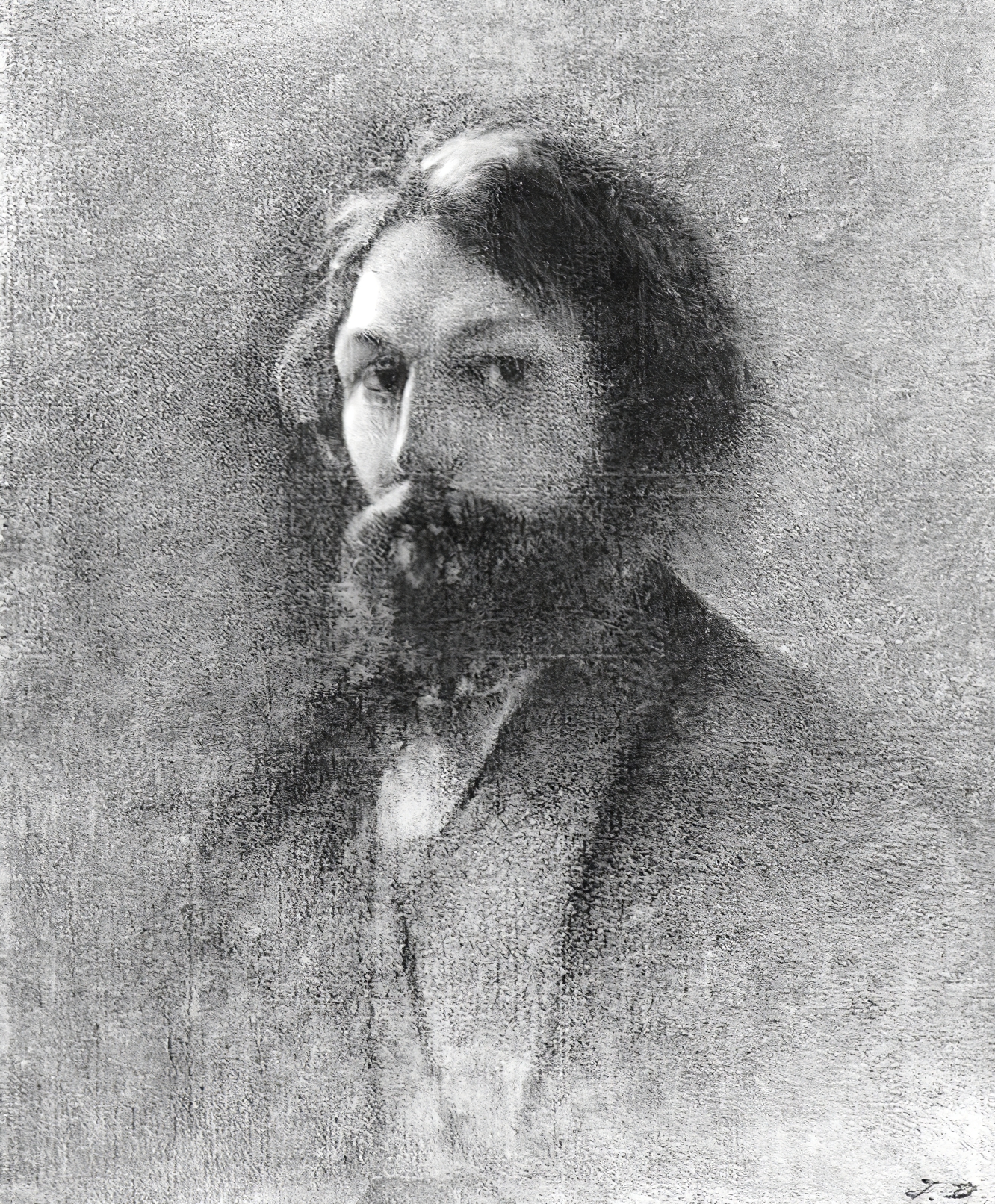
Jules Louis Dupré was a French painter, one of the chief members of the Barbizon school of landscape painters. If Corot stands for the lyric and Rousseau for the epic aspect of the poetry of nature, Dupré is the exponent of its tragic and dramatic aspects.
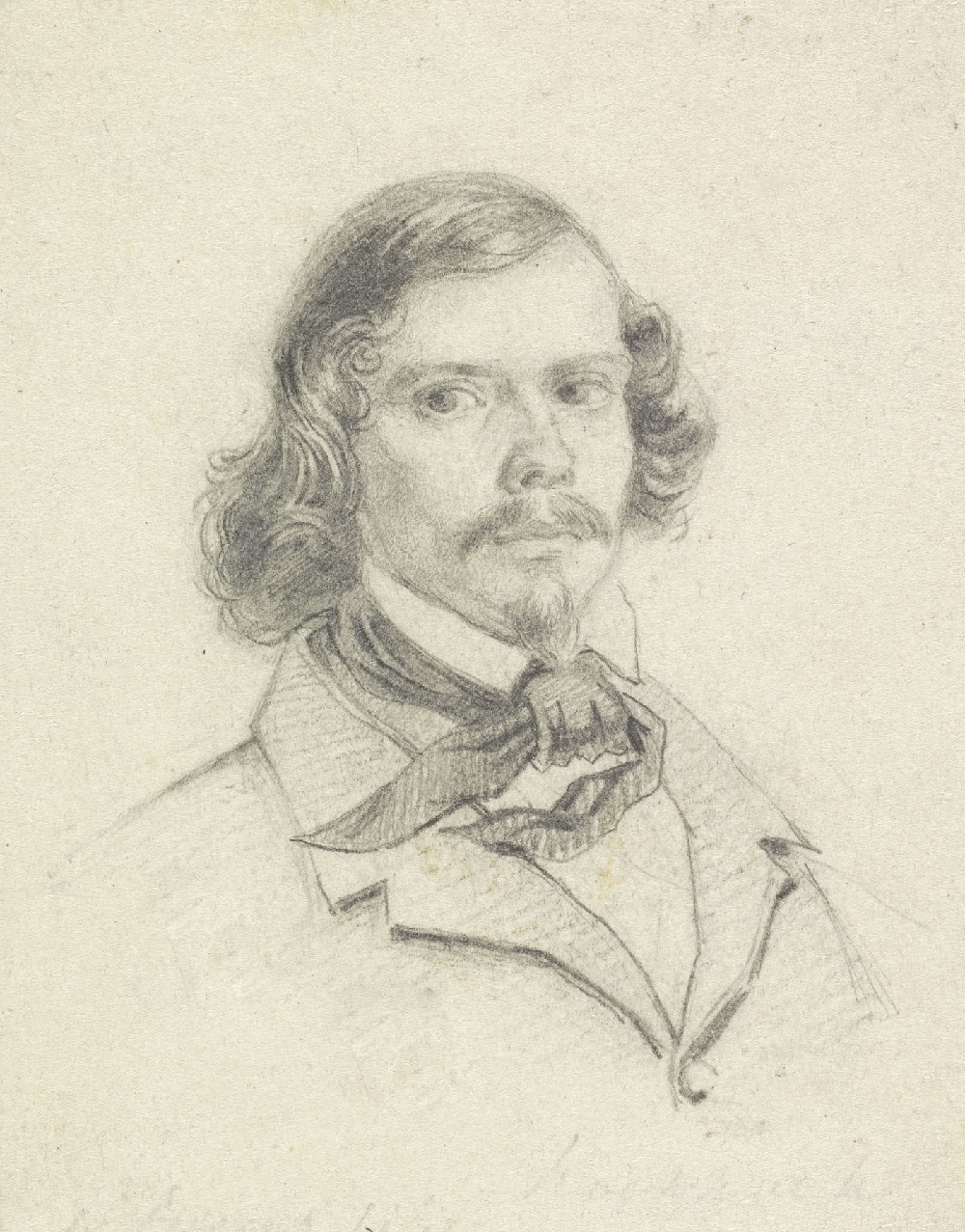
Hermanus Koekkoek was a distinguished Dutch painter known for his marine art. As a member of the renowned Koekkoek Painting Family, Hermanus followed in the footsteps of his father, Johannes Hermanus Koekkoek, and his brothers, becoming an influential figure in the realm of maritime and landscape painting.
His art education began under the tutelage of his father and later extended to formal studies at the Rijksakademie in Amsterdam, where he honed his skills in marine art, a genre that he primarily focused on throughout his career. Hermanus's works exhibit a blend of Realism and Romanticism, drawing inspiration from the Dutch Golden Age of painting. His contributions to the art world were recognized with a gold medal at an exhibition held by Arti et Amicitiae, an artists' society in Rotterdam.
Hermanus Koekkoek's paintings often depict serene maritime scenes, showcasing his adeptness at capturing the tranquility and dynamism of the sea. His works were well received not only in the Netherlands but also in Germany and England, and today, they can be viewed in prestigious institutions like the Teylers Museum and the Museum Boijmans Van Beuningen.
For art collectors and enthusiasts, Hermanus Koekkoek's oeuvre provides a captivating glimpse into 19th-century Dutch marine and landscape painting, offering a testament to his skill and artistry in capturing the essence of the natural world and maritime life.
If you are intrigued by Hermanus Koekkoek's artistry and wish to stay informed about exhibitions, sales, or auctions featuring his works, consider subscribing to updates related to this esteemed painter.
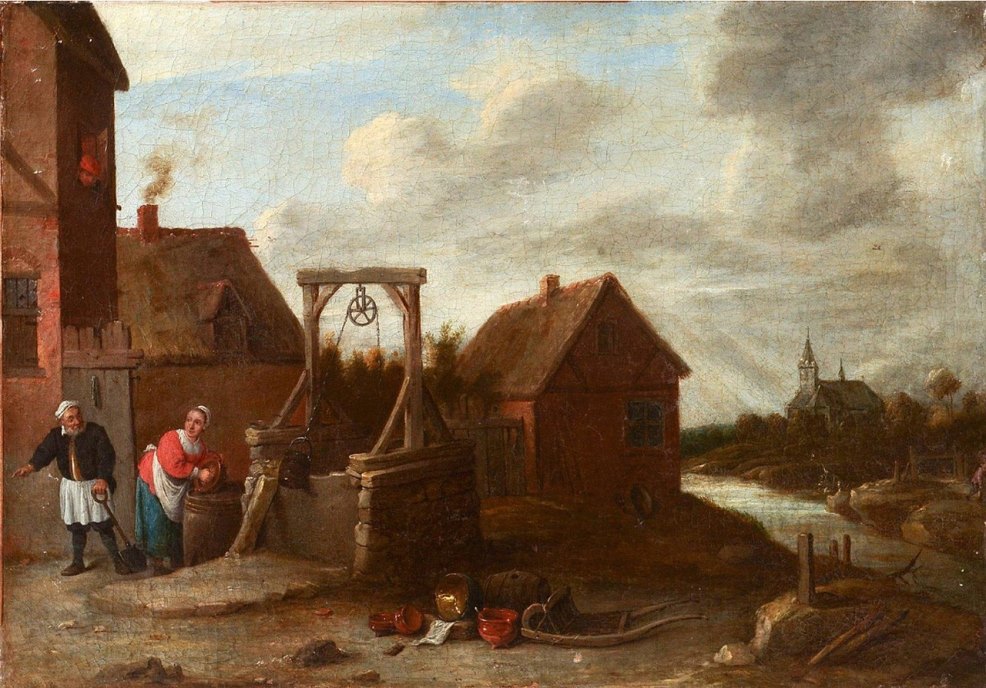
Thomas van Apshoven was a Flemish painter-genre painter of the Baroque period.
Thomas came from a creative family: his father was the painter Ferdinand van Apshoven the Elder (1576-1655), who was a member of the Guild of St. Luke in Antwerp, and his younger brother, Ferdinand van Apshoven the Younger (1630-1694), was also a successful painter.
In addition to rural landscapes, Thomas van Apshoven painted very lively scenes of village holidays and everyday life, peasants in pubs, and students. His works are close in style to David Teniers the Younger (1610-1690).
